
Designing Structural Laminated Glass
Laminated glass with standard PVB has long been used for safety and security due to its ability to adhere the broken glass fragments together. As the

Laminated glass with standard PVB has long been used for safety and security due to its ability to adhere the broken glass fragments together. As the

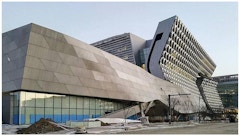
The design of complex, high-performance facades involves balancing attention towards principles of material selection, thermal and moisture

Window glass design using ASTM E 1300 entails determining glass thickness(es) and types so that the window glass construction load resistance

Over the years, the industry has relied heavily on the increasing performance of low-e coatings to drive window U-factors (thermal transmittance)
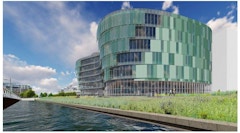
Facades must be responsive to a myriad of qualities and influences ranging from urban impact and aesthetic character to numerous performance

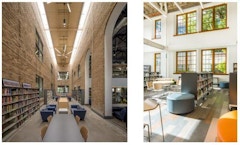
Daylighting & Solar Glare control, which affect both the energy consumption of the building as well as the comfort of the occupants, become

The performative and visual aspects of curved forming/bending thin “formable” planar materials is explored. Early tests for deflection indicate that

Traditional approach for engineering the facade is building an isolated analysis model. However, it inhibits a dynamic design process where
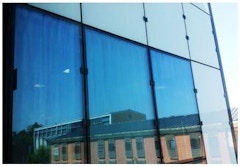
Anisotropy is also known as Brewster marks, quench marks, strain pattern, leopard spots, Iridescence, etc. Although anisotropy is inevitable when

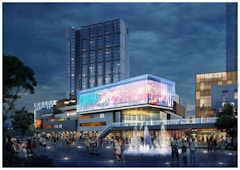
The goal is to explore the role and methodology employed between the architect and engineer as they look to resolve the opposing demands of design

Change happens, for better or for worse, to all living and physical matter. In order to thrive and achieve longevity, we constantly need to adapt to

An innovative lightweight ceramic precast composite panel is introduced in this paper that offers the unique benefits of prefabricated off-site
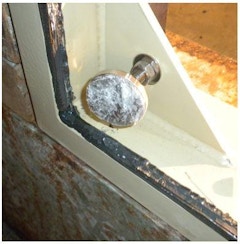
Architectural preferences for commercial building continue towards increased transparency resulting in large lites of glass with minimal visual
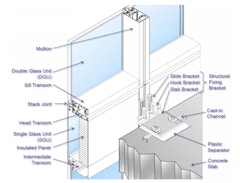
Increased security needs have led to a demand in enhanced curtain wall facade performance. In addition to thermal, acoustic, and structural

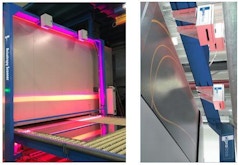
Architects and facade planners require that anisotropies or haze, optical phenomena disturbing the clear appearance of a glass, have to be avoided

Iridescence effects, quench marks, leopard marks… The names given to optical anisotropy in toughened and heat-strengthened glass are diverse and